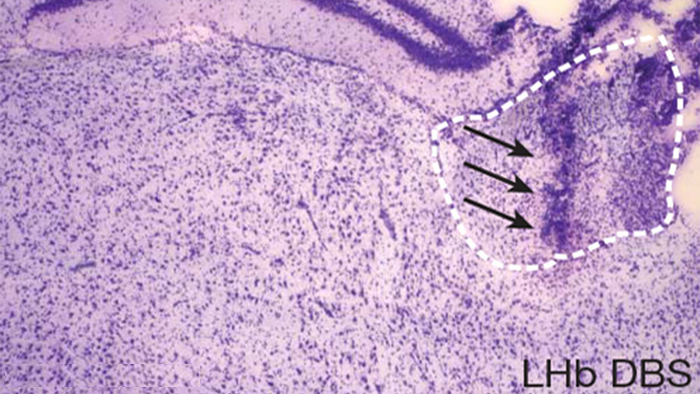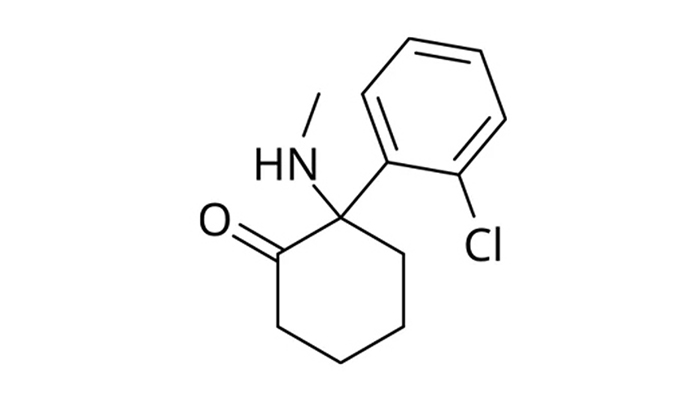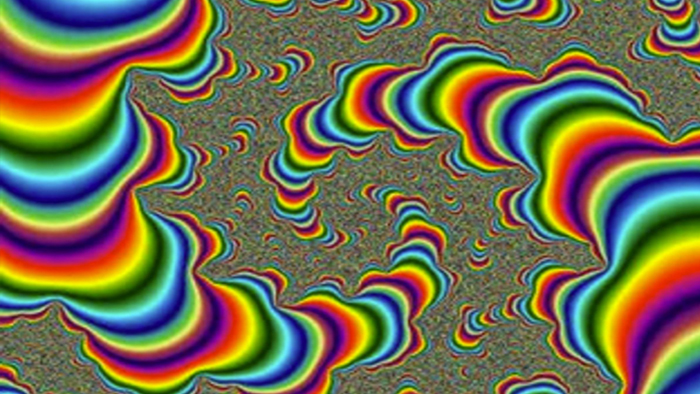Sunday, April 07, 2024
Alexander Papp, MD
Introduction:
In the intricate landscape of neuroscience, the lateral habenula (LHb) stands out as a critical structure in understanding depression. This blog explores the LHb’s role, its connection to depressive symptoms, and how ketamine therapy offers new hope.
The Lateral Habenula: A Critical Brain Structure
The lateral habenula (LHb) is a small, symmetrical, paired nucleus located deep within the brain, nestled between the two thalamic bodies. It is intricately connected to various brain regions, including the ventral tegmental area (VTA) and the dorsal raphe nucleus (DRN). The LHb functions as a focal point for processing negative reward signals.
Role of the LHb in Depression and Addiction
The significance of the LHb lies in its role as a regulator of aversive behaviors and motivation. It influences pathways associated with depression and addiction. Unlike traditional reward pathways associated with pleasure and reinforcement, the LHb serves as a gatekeeper for negative experiences, contributing to the manifestation of depressive symptoms and addictive behaviors.
Mechanisms of LHb Activation and Its Consequences
Excessive activation of the LHb has been linked to increased sensitivity to negative stimuli, reduced responsiveness to rewards, and anhedonia—a disabling symptom of depression characterized by the inability to experience pleasure. Aberrant signaling within the connected circuitries contributes to the dysregulation of serotonin and dopamine systems, which are crucial for mood regulation.
Key Takeaways:
- The LHb regulates aversive behaviors and motivation.
- Excessive LHb activation leads to heightened sensitivity to negative stimuli.
- LHb dysregulation affects serotonin and dopamine systems.
Ketamine’s Influence on the LHb: A Game Changer in Depression Therapy
At the Oxford Ketamine Conference, a seminal talk shed light on the interplay between ketamine and the LHb. Professor Hailan Hu from Zhejiang University, China, explained that the habenula exhibits “depression burst firing” in animal models of depression. The intensity of this burst firing depends on the activity of NMDA receptors, which ketamine blocks. Ketamine begins to inhibit this burst firing as soon as five minutes after administration.
Ketamine’s impact on the LHb may underpin its antidepressant mechanisms. By modulating glutamatergic transmission in the LHb, ketamine disrupts the aberrant signaling implicated in depression. This offers a potential avenue for novel therapeutic interventions. As ongoing research delves deeper into the mechanisms underlying ketamine’s antidepressant effects, the LHb emerges as a focal point, offering a promising avenue for the development of targeted therapies.
Conclusion and Call to Action
Understanding the LHb’s role in depression not only deepens our knowledge of the condition but also opens doors for innovative treatments like ketamine therapy. As research progresses, the LHb continues to be a promising target for developing new antidepressant strategies.
You can learn more about the role of Ketamine in the treatment of depression in our blog in mood regulation in our blog Advancing Treatment Approaches for Treatment-Resistant Depression.
Summary
- LHb Location: Between the two thalamic bodies
- Key Connections: Ventral tegmental area (VTA), dorsal raphe nucleus (DRN)
- Functions: Processes negative reward signals, regulates aversive behaviors and motivation
- Implications: Affects pathways associated with depression and addiction







